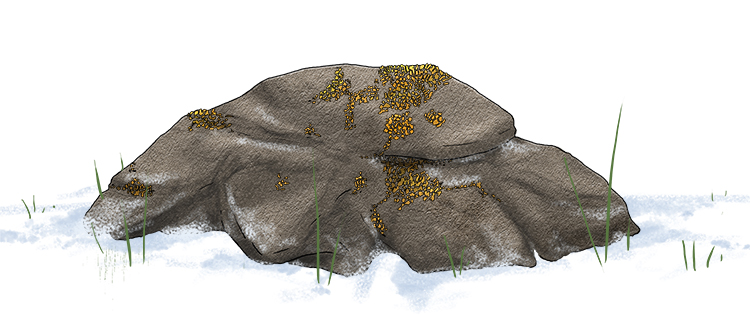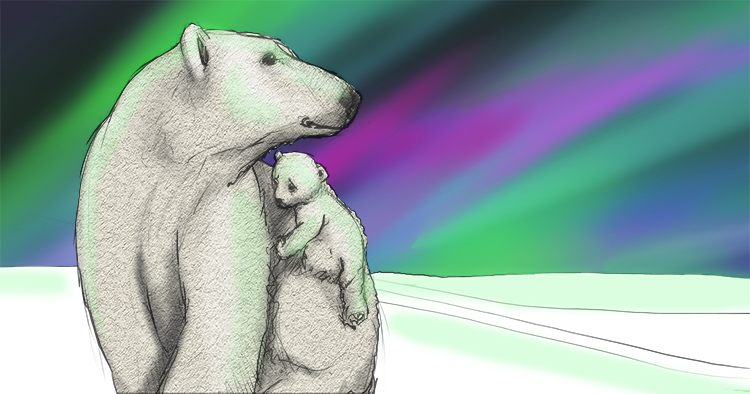Biodiversity – THE VARIETY OF LIFE FOUND IN DESERTS WHICH ARE COLD, AS OPPOSED TO HOT DESERTS
We know that biodiversity means life variety, or the variety of life in the world or a specific habitat.
To remember the meaning of the term Biodiversity, use the following mnemonic:
Bio-diversity = Life-variety
Cold deserts are areas with less than 250mm of rain per year.
The Arctic is always colder than 0°C. When it snows in cold deserts like the arctic, the snow does not melt but becomes the ground. However, even if you melted the snow that fell in a year, it would still be less than the equivalent of 250mm of rain per year.
Plants and animals have learnt to adapt to these cold environments.
Lichens, which are a complex life form, are a symbiotic partnership of two separate organisms, a fungus and an alga, that can survive in these cold environments.

Lichen does not need soil to grow and can survive even beneath the snow.

Cushion plants are low growing, compact plants which helps them retain moisture from drying winds. They also trap airborne dust which provides a source of nutrients.

Polar bears have adapted to their environment too; they have translucent, hollow, white hair that helps with camouflage and insulation. They also have small ears to reduce heat loss.




